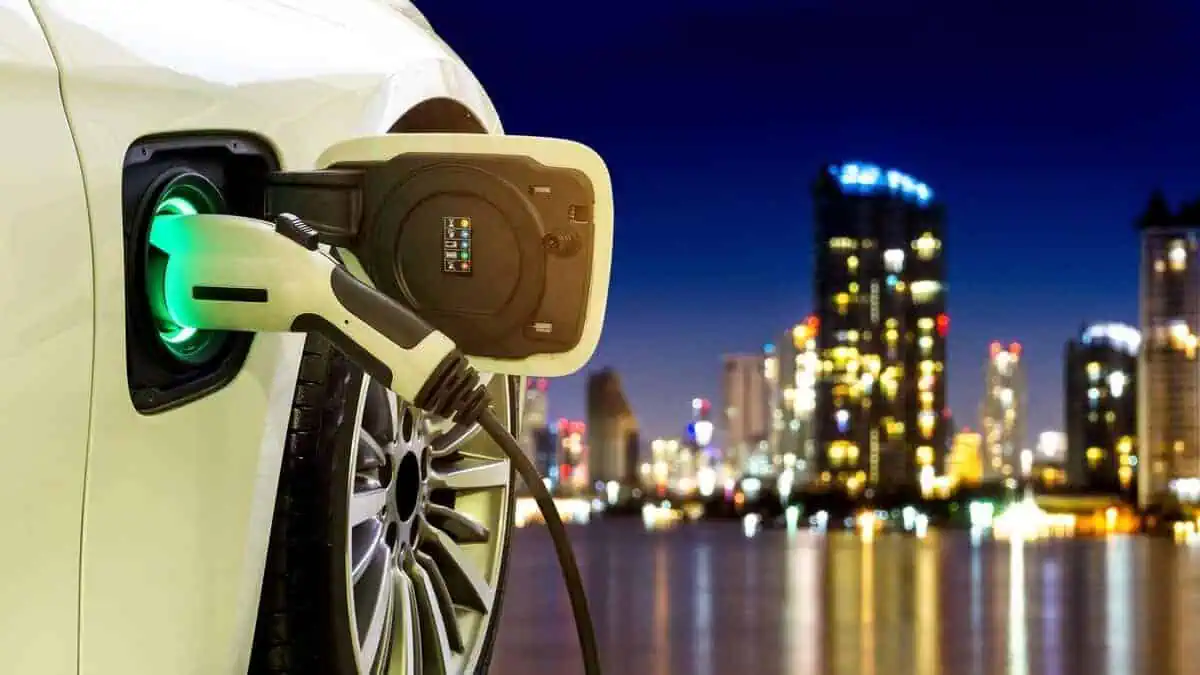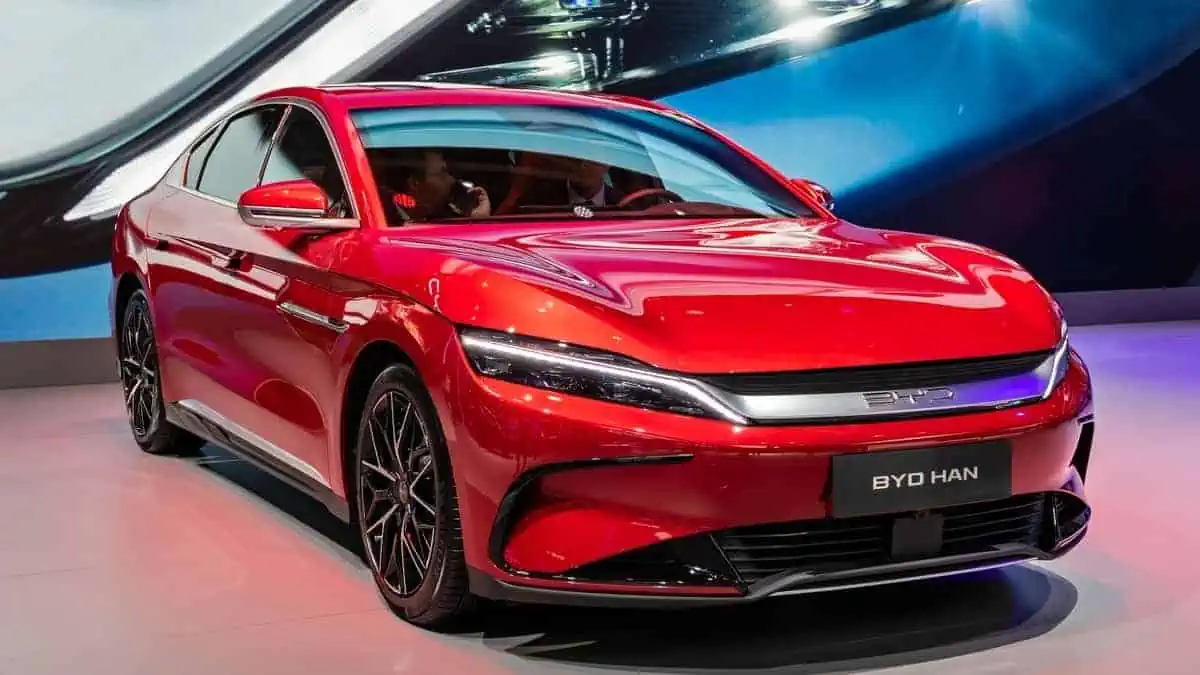It is crucial for you to consider charging speed while looking for a new electric vehicle. However, it can be challenging to understand technical facts regarding charging speed.
Thankfully, Green Energy Consumers Alliance has published a buyers’ guide to electric vehicle charging speeds.
Alternating Current vs. Direct Current
Alternating current (AC) is utilized for Level 1 and Level 2 charging, while the direct current (DC) is used for fast charging.
Notably, most power sources and standard home outlets provide AC power. Long-distance AC power transmission involves little energy loss. However, power must be converted to DC to be used or stored in a li-ion battery for electric vehicles.
Every EV features a device known as an “onboard charger,” which converts electricity from an AC wall-powered outlet to DC power. That said, the rate at which an EV’s onboard charger can convert the current from AC to DC determines the maximum Level 1 and Level 2 charging speeds.
On the other hand, power and speed limits for DC fast charging (DCFC) are substantially higher. DC rapid charging outlets can thereby circumvent the onboard charger’s slower operation.
With DCFC, the charge speed is constrained by the vehicle’s battery management system (BMS). The BMS evaluates the following factors to charge the cars without damaging the battery by overheating it:
- the state of charge of the EV battery
- ambient temperature
It is also worth noting that the DCFC charging speed and battery health are kept in a reasonable balance by the battery management system.
Power measured in kilowatts (kW) can be used to determine charging speed for Level 1, Level 2, and DCFC. That said, the faster you charge, the higher the kW.
Level 2
Level 2 chargers are reasonably priced and fast enough for most uses, according to Enphase. As a result, they are frequently utilized in workplaces, public areas, and even individual homes.
The Level 2 charger can quickly charge an EV in 4–10 hours and uses a regular 240–volt appliance socket. That said, it works well for overnight and quick charging at work.
Remarkably, a charging rate of approximately 6-7.4 kW has been the norm for battery-electric vehicles for a long time. However, new models are becoming more frequently available with Level 2 speeds of 11 kW or even 19 kW.
| Charging power (Acceptance rate) | Approx. Charging rate* |
| 3.3 kW | 11 miles/hour |
| 6.6 kW | 22 miles/hour |
| 7.2 kW | 24 miles/hour |
| 9.6 kW | 28 miles/hour |
| 11.2 kW | 30 miles/hour |
| 18 kW | 54 miles/hour |
DCFC
DC Fast Charge is the most potent charging level for EVs, according to Blink. It provides 480V, enough to fill 80% of most EV batteries in 30 to 40 minutes. Apparently, compared to Level 2, DCFC speeds are substantially more variable.
A general estimate of the miles of range you may anticipate generating after 30 minutes of charging is shown in the table below.
| Maximum EV charging power | Estimated miles gained in 30 minutes of charging |
| 25 kW | 45 miles |
| 50 kW | 100 miles |
| 100 kW | 166 miles |
| 150 kW | 200 miles |
It is worth noting that there are still many possible factors affecting the charging speed of DCFC, such as:
- State of charge: the charging speed of an EV will gradually slow down when it hits 60% and 80%.
- Temperature: DCFC speed is substantially slower in the cold compared to moderate or mild temperatures.
New EVs have a considerable range of DCFC speeds, which can result in significant variances between vehicles that otherwise appear comparable. For instance, the Hyundai Kona has a maximum DCFC rate of 77 kW, whereas the Chevrolet Bolt has a maximum DCFC rate of 50 kW, despite having similar driving ranges.
This might mean the difference between waiting 20 minutes longer at each charging station on a long road trip!
| EV Model | Driving Range | 0-80% DCFC Speed (according to manufacturer) | Max Power |
| Nissan LEAF | 150 miles | 120 miles in 50 minutes | 50 kW |
| Nissan LEAF Plus | 222 miles | 178 miles in 45 minutes | 100 kW |
| Chevrolet Bolt | 259 miles | 207 miles in 80 minutes | 50 kW |
| Kia Niro EV | 239 miles | 191 miles in 60 minutes | 85 kW |
| Hyundai Kona EV | 258 miles | 206 miles in 64 minutes | 77 kW |
EV charging stations are only capable of supplying power at a specific rate. You cannot expect your car to charge 150 kW using a 25-kW station. Always check the station’s power using a tool like PlugShare. Even though 150 kW is quickly becoming the new standard, many DCFC stations are substantially slower.
Summary and car-by-car comparison
What should you know and what should you check out for if charging speed is a priority for you?
- All EVs can charge at least 4 miles per hour at Level 1 using a typical household plug.
- Every EV at Level 2 will have a full charge (or nearly full charge) if left overnight.
- The DCFC specs, range, and BMS should be considered if you prioritize charging speed.
Several of the best-seller EVs are listed in the table below, along with their primary charging and range specifications.
| EV model | Driving range | AC charging rate | DC charging rate |
| Hyundai Ioniq 5 | 303 miles | 11 kW | 350 kW |
| Chevrolet Bolt EUV | 247 miles | 11 kW | 55 kW |
| Hyundai Kona | 258 miles | 7.2 kW | 77 kW |
| Nissan LEAF+ | 226 miles | 6.6 kW | 100 kW |
| Nissan Ariya | 304 miles | 7.4 kW | 130 kW |
| Volkswagen ID.4 | 275 miles | 7.4 kW | 125 kW |
| Tesla Model 3, Standard Range | 272 miles | 11.5 kW | 250 kW |
*Trims change depending on range, charging rate, and efficiency.
Check out the Drive Green EV Shopping Tool for additional details.






